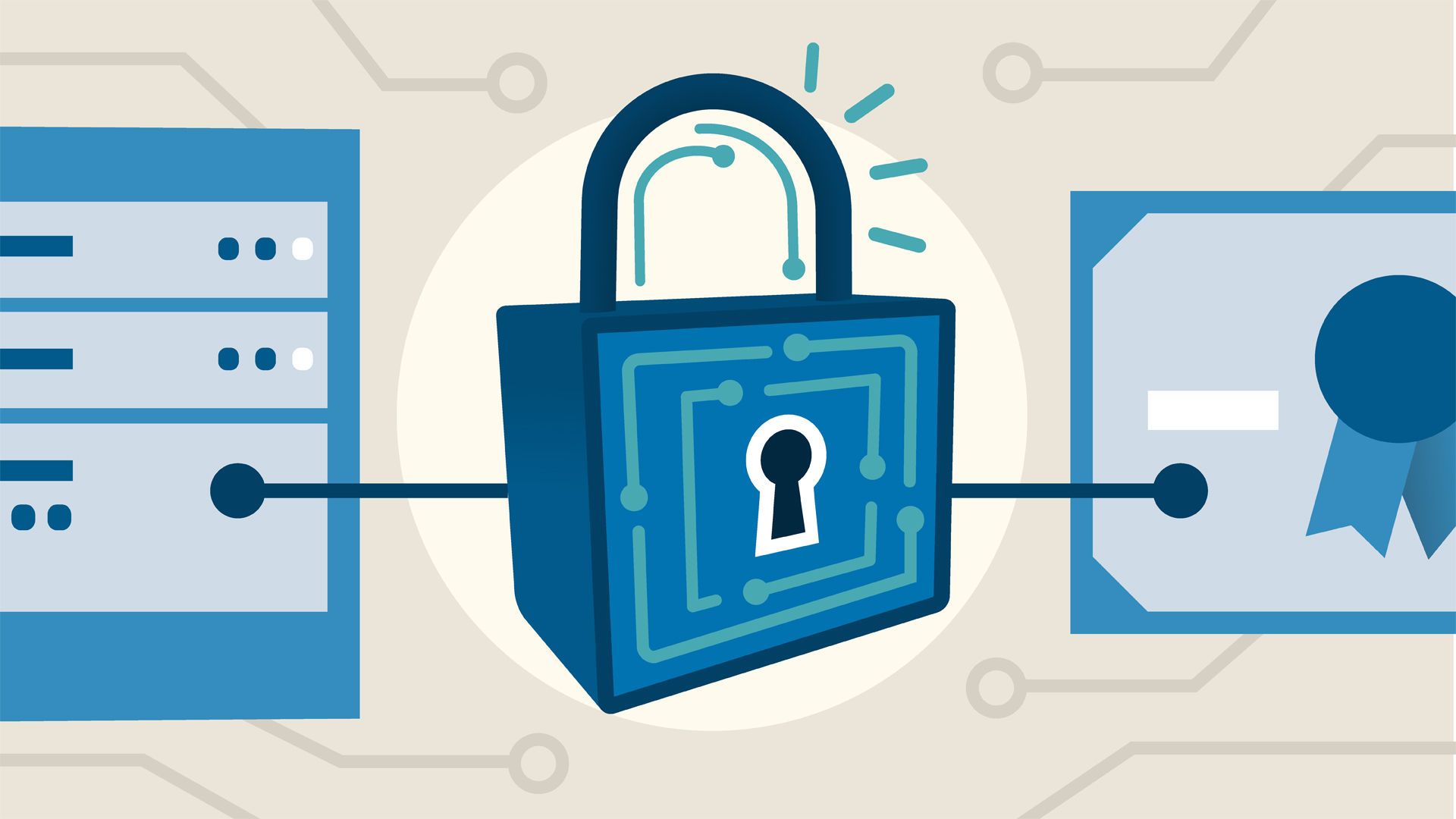The availability of the Internet and the widespread use of mobile devices to access the Internet have made the security of network applications particularly relevant. In order to prevent identity theft and gain access to user devices, developers create and implement measures to identify vulnerabilities at all key stages of the program life cycle. Such basic steps have clear boundaries of study, such as design, development, deployment, upgrading, and maintenance. Specialists in this field observe that there is steady increasing in the appearance of various vulnerabilities and defects, which may lead to a large damage for any software in the future.
Ways to find Internet vulnerabilities in applications
There are several methods that help users search for and find many types of vulnerabilities in modern mobile applications:
- Validation of code. This method has the universal name Whitebox. Whitebox’s essence is that a cybersecurity engineer who has an in-depth knowledge of the workings of applications must manually verify the program code and confirm this in issue of vulnerability. If such a specialist understands the mechanics of creating and using any application, he can find security problems that virtual intelligence and other living professionals may not notice.
- There is also Blackbox method, which is the opposite of Whitebox. It is based on the principle that specialists look for vulnerabilities and at the same time, they focus only on using the utility without viewing and analysing the source code.
- Application design analysis. This method is useful if the code has already been formed. In terms of analytics, its process includes specific modelling of potential threats.
- Automated analysis. In today’s world, specialists have long developed hundreds of different automated services and programs that allow programmers to identify security problems immediately. In addition, this is usually less accurate than the verification that a real person makes, because it is not universal and, often, it cannot detect those inaccuracies in the structure of the software, which regular humans cannot detect in the total mass of the system errors. This is why developers use both manual and automated integrated verification.
- Bounty Bug. When the product is tested and ready for release, most companies are organizing Bounty in addition, too. As part of this program, they motivate users to search for errors that will reward these people greatly. We can’t help but notice that so-called white hackers often participate in Bounty. They often find vulnerability where developers have eliminated such problems, at first glance.

We can’t help but notice that every worthy APK download site and popular app stores such as Play Market and App Store perform unique checks before adding a program to their online store. That’s why any user can confine themselves to the fact that he or she will download app and simply install it on a personal tablet or smartphone.
Most popular network risks
- Problems with data entry. Hackers can artificially overflow a buffer to achieve their goals, as well as use scripting between sites or implement SQL code.
- Software falsification. The essence of this «method» is that hackers get the opportunity to change the source code of any program. Then they fix it, replace it, or expand it in a way that benefits them.
- Authentication. This threat is to obtain user data. Hackers can do this in a variety of ways, such as listening to the Internet, regular theft, getting control of cookies, or even searching an object through a dictionary.
- Intercept of a user session control.



